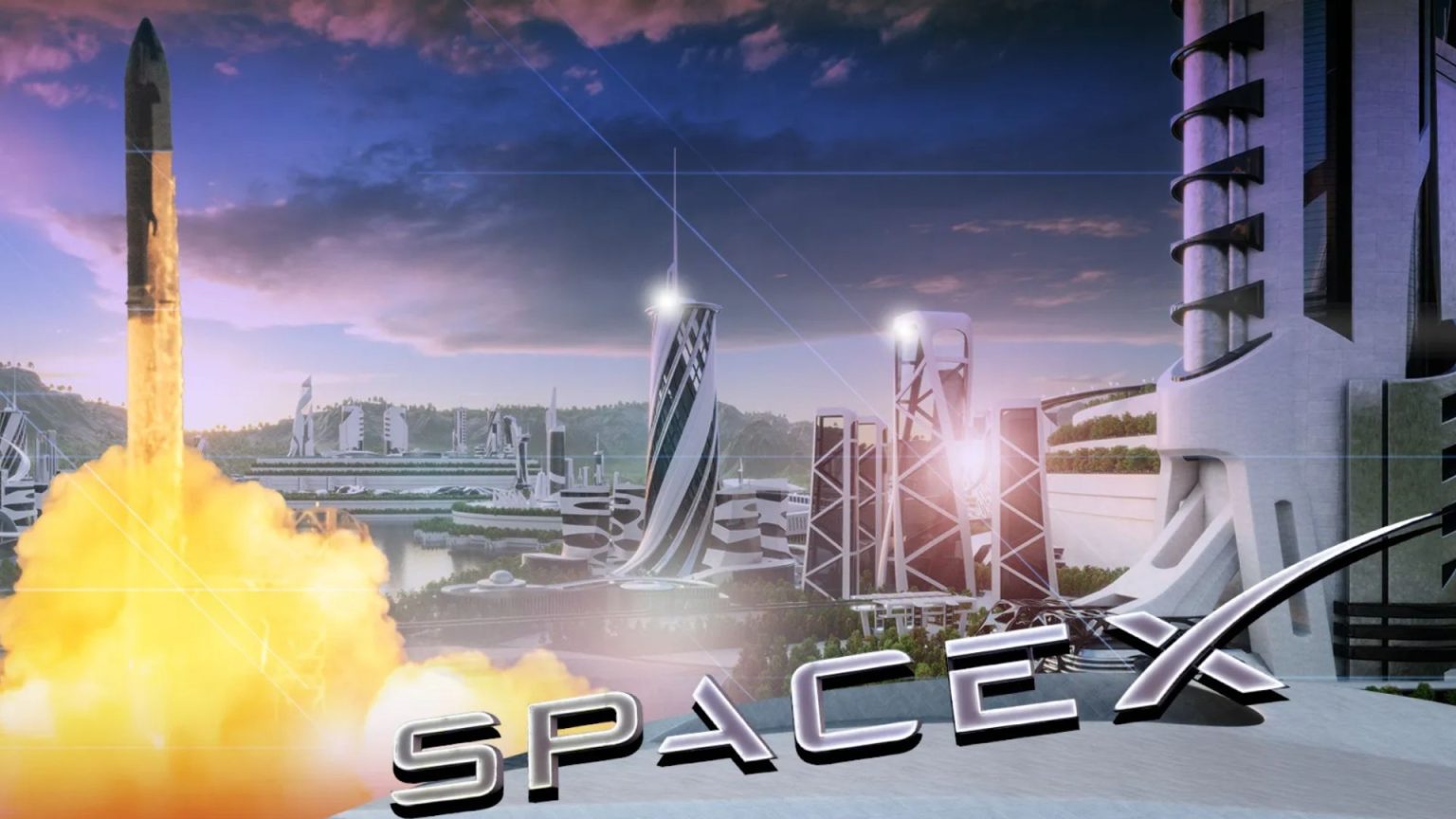Elon Musk, the visionary entrepreneur behind SpaceX and Tesla, is embarking on an ambitious and potentially costly endeavor to establish a self-governing city centered around his Starbase facility in Boca Chica, Texas. This audacious project, envisioned as a crucial stepping stone towards Mars colonization, involves transforming the existing SpaceX launch site into a fully incorporated city, complete with residential areas, amenities, and the infrastructure required to support a rapidly growing workforce. Musk’s formal request to local officials signifies a commitment to expanding Starbase beyond its current capacity as a spaceport and into a thriving community, reflecting his long-term vision for interplanetary travel and human settlement on Mars.
The proposed “Starbase City” represents a significant investment, potentially reaching billions of dollars, as Musk aims to create a world-class environment to attract and retain the talent necessary for SpaceX’s ambitious projects. This investment encompasses not only the construction of essential infrastructure but also the development of a vibrant community that can support the hundreds of employees already residing in the area, as well as future workers drawn to the prospect of contributing to humanity’s spacefaring future. The planned five-story, 300,000-square-foot office building, slated for completion in 2025, is just one element of this broader vision. By establishing Starbase as an incorporated city, Musk seeks to streamline the development process and expedite the creation of the necessary amenities and infrastructure.
The motivation behind this move partly stems from Musk’s dissatisfaction with California’s political climate and regulatory environment. His decision to relocate SpaceX’s headquarters from Hawthorne, California, to Texas was influenced by policy disagreements, particularly regarding a gender identity bill. Furthermore, Musk’s increasing focus on Texas is evident in his relocation of Tesla’s headquarters to Austin and his personal investments in the state, including the acquisition of a substantial residential complex. These actions underscore his commitment to establishing a strong presence in Texas, which he views as a more favorable location for his business ventures and personal life.
The development of Starbase City aligns with Musk’s overarching goal of making South Texas the “Gateway to Mars.” He believes that by concentrating resources and expertise in this location, SpaceX can accelerate the development of Starship, the spacecraft designed to transport humans to the red planet. The expansion of Starbase is not merely about creating a functional launch site; it’s about fostering an ecosystem of innovation and collaboration that will drive the advancements necessary for interplanetary travel. The projected billions of dollars in infrastructure investment and the generation of substantial income and tax revenue for local businesses and government demonstrate the potential economic impact of this project.
Musk’s personal life has also become intertwined with his business ventures in Texas. His purchase of a luxury mansion complex in Austin, reportedly intended to house his twelve children and their mothers, further solidifies his connection to the state. This move, along with the reported relocation of Shivon Zilis, the mother of three of his children, underscores Texas’s growing importance in Musk’s personal and familial life. While these personal developments may not directly relate to the Starbase City project, they highlight Musk’s increasing investment in and commitment to Texas as a whole.
Finally, the establishment of Starbase City must be understood within the context of Musk’s ultimate ambition: the colonization of Mars. He has repeatedly expressed his belief that humans will land on Mars within the next decade and establish a self-sustaining city within the next two decades. The development of Starship and the expansion of Starbase are crucial steps towards realizing this vision. Musk’s plans to launch a series of uncrewed Starship missions to Mars, followed by crewed missions, demonstrate his commitment to an aggressive timeline for Martian settlement. The eventual goal of building a self-sustaining city on Mars, capable of supporting a growing population, represents a monumental undertaking, and Starbase City, as the “Gateway to Mars,” is envisioned as playing a pivotal role in achieving this ambitious objective.











